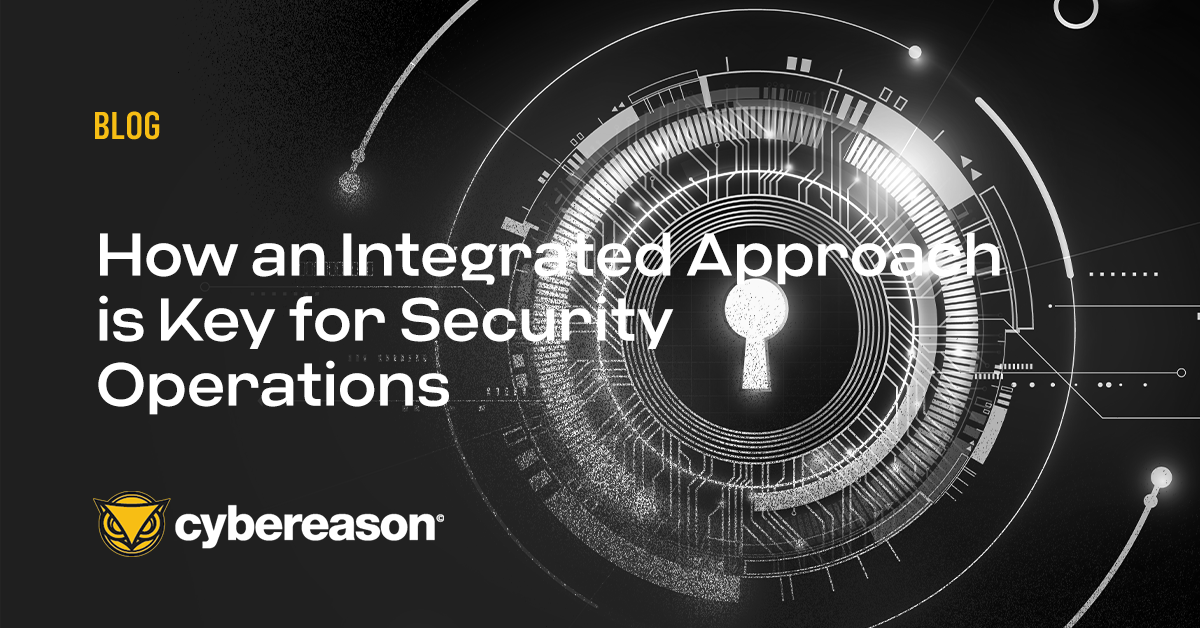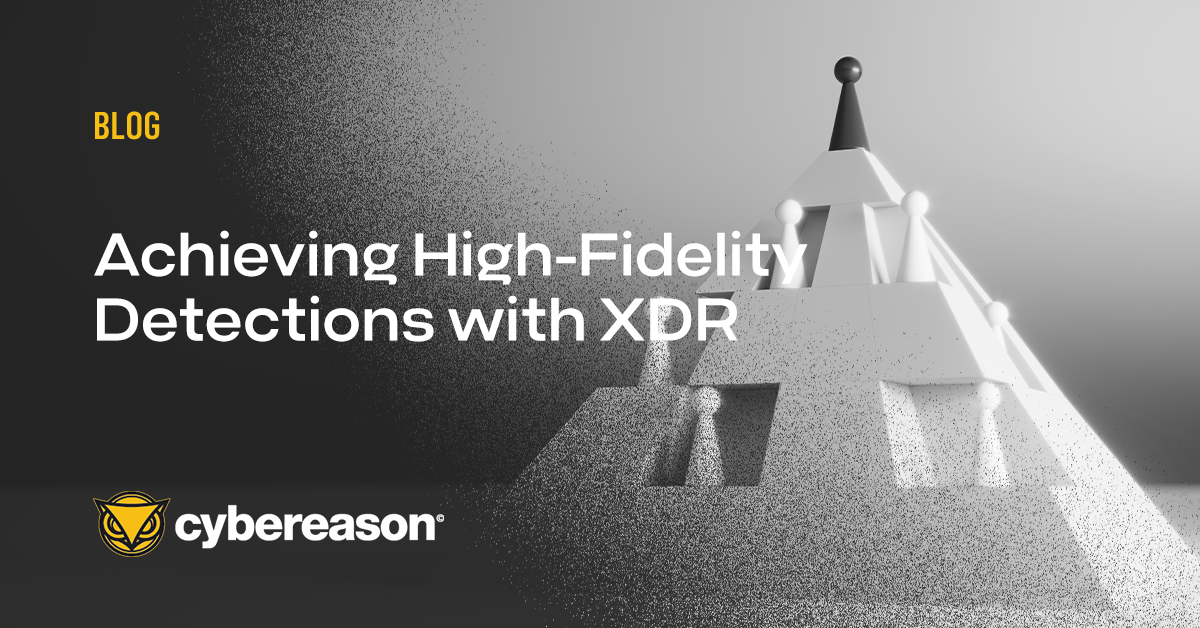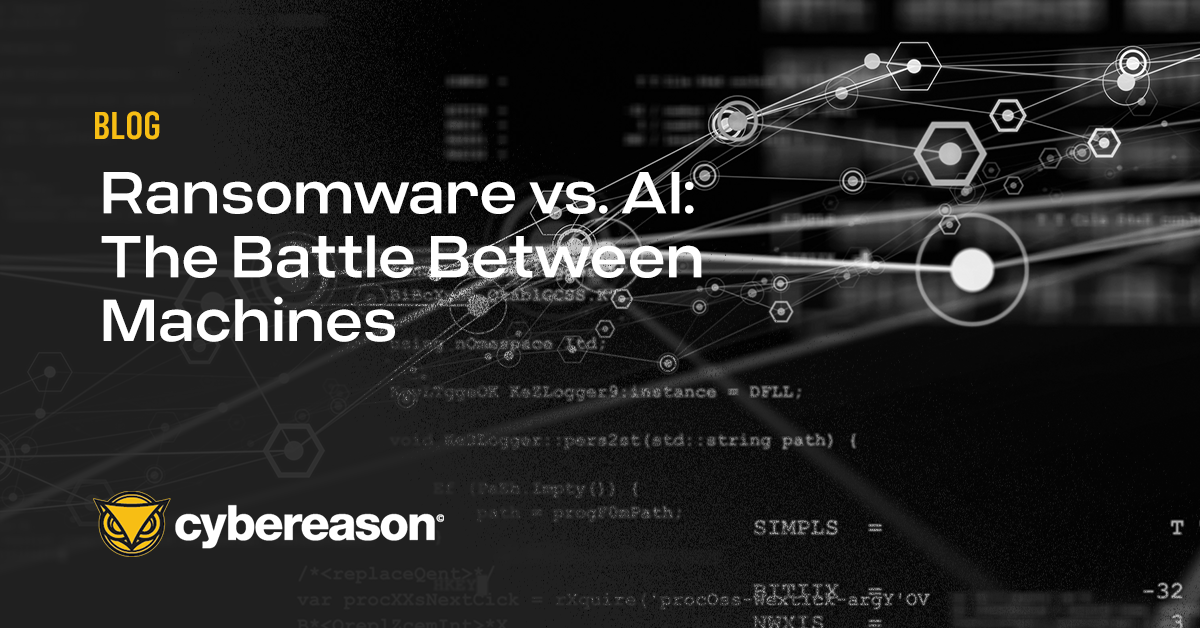Strategies for securing the enterprise have changed significantly in the past few years. As the digital ecosystem has continued to expand at a record pace, so has the exposure to new attack vectors.
Organizations have sought to strengthen their cybersecurity posture leveraging endpoint (EDR) and network (NDR) detection and response solutions. However, EDR remains a point solution that does not integrate easily with other security tools and NDR is limited in scope and does not provide the necessary correlations across all of the disparate assets that make up the modern enterprise network.
Siloed Security Tools Create Visibility Gaps in the Network
Attackers continue to exploit these gaps in visibility and conduct their operations by hiding in the network seams, and security teams struggle to piece together the actionable intelligence they need from a complex security stack that lacks the ability to automate correlations. So where can security teams turn to reduce alert fatigue and increased operational efficacy and efficiency?
Security teams are being inundated with excessive noise from a constant flood of alerts that lack context and require a great deal of triage and manual investigation just to eliminate false positives, then require even more investigation to manually correlate the alerts with other telemetry from across the network. This is a time consuming process that gives attackers the time they need to advance their malicious operations.
According to the Ponemon Institute, organizations have invested heavily to provide their security teams with a growing number of tools, each with its own specific focus. As a result, the average organization now manages an average of 45 security solutions generating unstandardized telemetry that requires a great deal of human intervention to be effective.
But more tools creates more complexity. For security operations, this complexity is driving a decreased sense of confidence in the SOC’s ability to quickly respond to attacks. The Cost of a Data Breach Study 2021 revealed that average data breach costs have risen from $3.86 million to $4.24 million—the highest in the report’s history.
This cost increased to an average of $4.87 million for organizations that took longer than 200 days to detect and contain a network intrusion, where organizations that detected an attack in fewer than 200 days lost just $3.61 million.
XDR for Increased Efficacy and Efficiency
Organizations need an understanding of how security controls can work together to build a more effective and efficient detection and response program that surfaces attacks earlier, allowing for swift remediation. Investing in an Extended Detection and Response (XDR) strategy can enable organizations to build stronger detection capabilities and better response orchestration across all device and traffic types.
XDR solutions deliver deeper integrations across all security controls by automatically triaging and correlating security telemetry across disparate toolsets to dramatically improve detection and response cycles. These SaaS-based solutions provide an enhanced user experience and enable SOC teams to reduce attacker dwell time by providing an operation-centric approach that eliminates alert fatigue.
Operation-centric security breaks down the threat intelligence silos, reverses the attacker advantage, and returns the high ground to the defenders. An alert-centric approach leaves attackers the opportunity to remain hidden in a network’s seams as analysts struggle to identify all elements of the attack.
An operation-centric approach to security allows defenders to instantly visualize the whole of a MalOpTM (malicious operation) from root cause to every affected endpoint in real-time through multi-stage visualizations that reveal all of the details of an attack across all devices and all users immediately, without the need for extensive investigation. This means security operations are focused on remediating attacks instead of spending cycles trying to answer the question “are we under attack?”
Why Your Organization Needs an XDR Solution
Before deciding to migrate to an XDR solution, organizations need to determine the effectiveness of their existing security detection and response program. To do so, they need to consider the following questions:
- Is your SOC team able to investigate all of the alerts generated by your current security tools?
- Is your SOC team overwhelmed by the number of alerts and false positives they must manage?
- Is your SOC team realizing the optimal outcomes they expect from your current security investments?
If the answers to above questions have a negative sign, it is time to consider moving to XDR. Organizations like Gartner and SANS have published guidelines that can help organizations plan an XDR adoption strategy to achieve high-fidelity detections, minimize risk and gain visibility into all technologies an organization uses.
The seven keys to achieving high-fidelity detections include:
Eliminating Visibility Gaps with XDR
Typical detection and response products have been endpoint or network-centric. These EDR and NDR products have been fundamental to enhancing security postures and detecting and responding to security events, but modern enterprises are much more than simple networks made up of corporate-managed endpoints behind firewalls.
Digital-first enterprises are perimeterless and include a host of unmanaged endpoints and applications. Organizations need one solution that can ingest all security telemetry and automatically identify all elements of an attack sequence–responding to just one aspect of larger malicious operation only slows the adversary, it does not actually end the attack.
Realize Full Potential of Solutions Already in Place:
Are the point solutions and specialized security tools already deployed in your organization delivering optimal value? An effective XDR solution can ingest telemetry from not just endpoints, but also cloud workloads/containers, user identities, an array of business application suites and more.
XDR automates the time consuming triage and correlation tasks by leveraging artificial intelligence (AI) and machine learning (ML) to deliver context-rich correlations based on telemetry from disparate sources across organizations’ assets, so security teams can realize an exponential improvement in operational efficacy and efficiency.
Detecting Earlier and Remediating Faster:
AI-driven XDR leverages behavioral analytics and Indicators of Behavior (IOBs) to provide a more in-depth perspective on how attackers conduct their campaigns. This operation-centric approach is far superior at detecting attacks earlier–especially highly targeted attacks that employ never before seen tools and tactics that evade traditional endpoint security software.
An AI-driven XDR solution is essential for automatically correlating huge amounts of event telemetry data by analyzing at a rate of millions of events per second versus analysts manually querying data to validate individual alerts over several hours or even days.
XDR not only provides visibility across the kill chain, but it also provides automated response capabilities that allow Tier 1-2 analysts to operate with Tier 3 capabilities, increasing both efficiency and efficacy.
Detect Entire Operations
When evaluating an XDR product, consider its ability to allow for customized detection and response capabilities. Security teams that can craft their own high-fidelity detections by customizing how ingested alerts are weighted based on the specifics of the environments they are defending.
This also allows your analysts to gain experience in modeling attacker behaviors by leveraging an operation-centric strategy that delivers holistic detections instead of piecemeal alerts. Comprehensive detections that provide detailed technical insights into an adversary’s overall operation reduces dwell time significantly over approaches that cannot correlate all of an attacker’s actions and activities.
Consider Managed Extended Detection and Response
Managed Extended Detection and Response (MXDR) service offerings can deliver the best that an XDR solution has to offer for behavioral detections, incident prioritizations and implementing response actions in support of other security operations. They provide continuous 24/7 monitoring of an organization's networks to identify security incidents and instantly notify the SOC team, or can implement responses independently for instant containment.
MXDR reduces the number of employees dedicated to identifying, tracking, and responding to security threats, and eliminates the arduous task of attracting and training new cybersecurity talent. It's a solution that also offers continuous threat hunting, is scalable to meet an organization's changing needs, and capabilities undergo improvement and expansion without requiring additional R&D investment by the organization, and can lower total cost of ownership (TCO) for the security stack.
Explore XDR for Increased Efficacy and Efficiency
Modern enterprises are much more than endpoints on networks, and thus need detection and response capabilities that cover all aspects of their business operations, and they need to be able to easily integrate multiple sources of security telemetry and correlate all of that data efficiently.
Without visibility or advanced insights into certain parts of the environment, SOC teams are limited in what they can be expected to achieve. An XDR strategy defeats this by not only expanding visibility, but also combining tools and capabilities so organizations can be confident in their security posture across all network assets and provide the automated responses to halt attack progressions at the earliest stages.
An AI-driven XDR solution can provide Defenders with the ability to predict, detect and respond to cyberattacks across the entire enterprise, including endpoints, networks, identities, cloud, application workspaces and more.
Cybereason is dedicated to teaming with Defenders to end attacks on the endpoint, across enterprise, to everywhere the battle is taking place. Learn more about AI-driven Cybereason XDR here or schedule a demo today to learn how your organization can benefit from an operation-centric approach to security.





